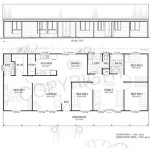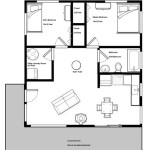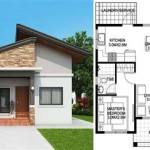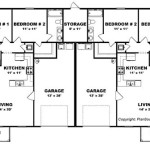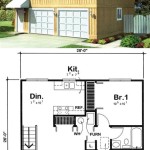Floor Plan Tiny House Designs
Tiny house designs have become increasingly popular in recent years, as people look for more affordable, sustainable, and space-efficient living options. With a tiny house, you can enjoy the benefits of homeownership without the high costs and environmental impact of a traditional home.
One of the most important aspects of designing a tiny house is the floor plan. The floor plan will determine how you use the space in your home, and it should be carefully considered before you start building. Here are a few tips for designing a floor plan for a tiny house:
1. Start by defining your needs.
Before you start designing your floor plan, take some time to think about how you will use your tiny house. Will it be a primary residence, a vacation home, or a guest house? How many people will be living in the house? What activities will you be doing in the house? Once you have a good understanding of your needs, you can start to develop a floor plan that meets those needs.
2. Consider the different types of floor plans.
There are many different types of floor plans for tiny houses, so it is important to do your research and find a plan that fits your needs. Some of the most popular floor plans include:
- Loft floor plans: Loft floor plans feature a sleeping loft above the main living area. This type of floor plan is ideal for small spaces, as it allows you to maximize the use of vertical space.
- Open floor plans: Open floor plans eliminate walls between the kitchen, living room, and dining room. This type of floor plan creates a more spacious feel and allows for more flexibility in how you use the space.
- Split-level floor plans: Split-level floor plans have two or more levels that are connected by stairs. This type of floor plan can help to create more privacy and separation between different areas of the house.
3. Choose a floor plan that fits your budget.
The cost of building a tiny house will vary depending on the size, complexity, and materials used. It is important to choose a floor plan that fits your budget. If you are on a tight budget, you may want to consider a simpler floor plan with fewer rooms and less square footage.
4. Get professional help if needed.
If you are not familiar with designing floor plans, you may want to consider hiring a professional architect or designer. A professional can help you to create a floor plan that meets your needs and fits your budget.
5. Be flexible.
The floor plan for your tiny house does not have to be set in stone. As you build your home, you may find that you need to make changes to the floor plan to accommodate your needs. Be flexible and willing to make changes as needed.
By following these tips, you can design a floor plan for a tiny house that meets your needs and fits your budget. A well-designed floor plan will make your tiny house more comfortable, functional, and enjoyable.

Tiny House Plan Examples

Tiny House Floor Plans With Lower Level Beds Tinyhousedesign

Tiny House Plan Examples

Tiny Home Floor Plan Gallery Robin Sheds

4 Free Tiny House Floor Plans And Designs You Can Follow Realestate Com Au

Family Tiny House Design Tinyhousedesign

Tiny House Floor Plan Idea
How To Draw A Tiny House Floor Plan The Home

Tiny Home Floor Plan Gallery Robin Sheds

4 Free Tiny House Floor Plans And Designs You Can Follow Realestate Com Au

